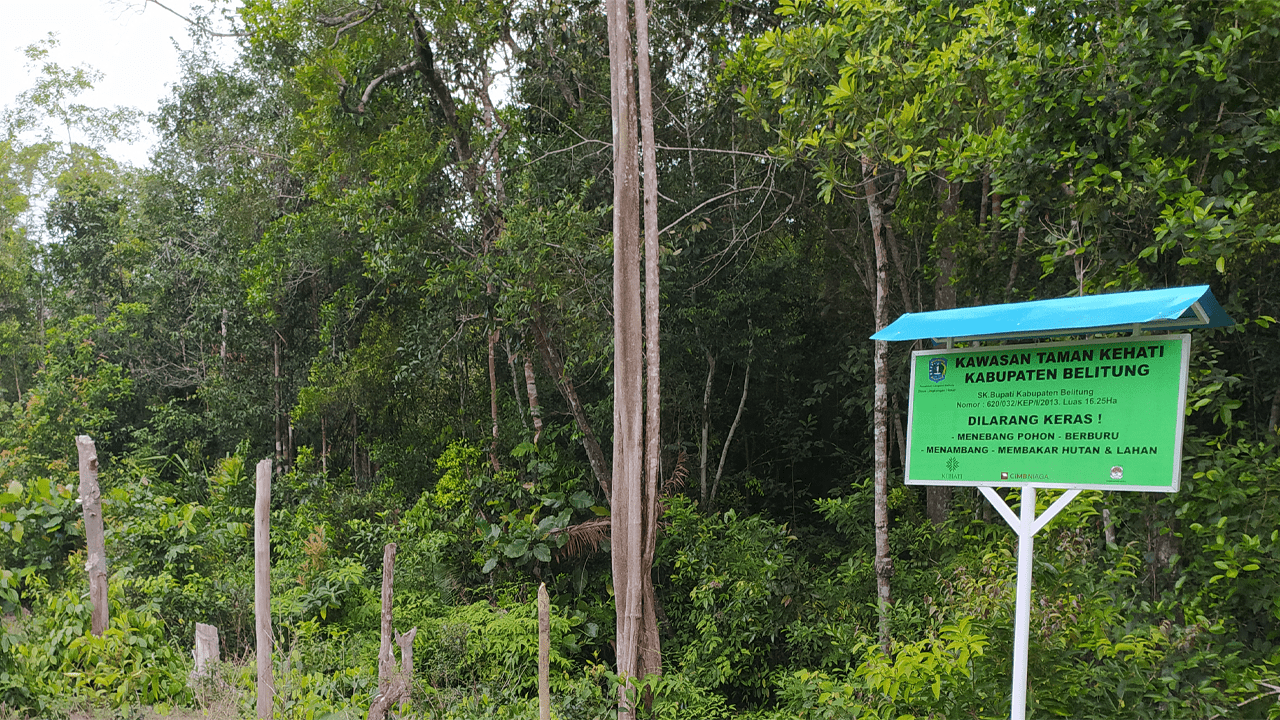What’s Biodiversity Park?

-
Date:
24 Apr 2021 -
Author:
KEHATI
Biodiversity Park or Taman Kehati is an artificial nature tour that anyone can build. Adding ecotourism options apart from botanical gardens or national parks.
INDONESIA has a variety of natural tourism options. The common tourist location models are botanical gardens and national parks. Now there is a new model, namely the Biodiversity Park (Kehati).
Biodiversity Parks (Kehati) are not as popular as the two types of natural tourism parks that have long existed. The Forestry Program Manager for the Biodiversity Foundation (KEHATI), Imanuddin Utoro, admitted that there were several obstacles in managing this park.
“The main problem is management,” he said. Classic. “Often local governments do not have sufficient resources to manage this area.”
Taman Kehati is a natural forest area of at least 3 hectares or three times the size of a football field. Because it becomes a choice of tourist locations if the owner is open to the public, the area must be kept clean, make installations, and infrastructure to make it easier for visitors to come there.
What’s the difference with the other two natural attractions? Utoro explained that the main function of Taman Kehati is not tourism. The main function of this park is to preserve nature, especially flora, in certain areas. This means that Taman Kehati tends to protect plants whose distribution is highly dependent on animals, such as birds or bats.
Because it functions as a protection, Taman Kehati was built based on the identification of local plants in the area. The making refers to the Regulation of the Minister of Environment Number 29 of 2009 concerning Guidelines for the Conservation of Biodiversity in Regions and Regulation of the Minister of the Environment Number 03 of 2012 concerning Biodiversity Parks.
In a mini area, Taman Kehati looks more like an arboretum. The difference is, apart from being broader, Taman Kehati has technical instructions. For example, the flora planted must be local plants. How many species must be planted in a certain area. Meanwhile, the arboretum is more flexible according to the wishes of the institution that built it.
If a national park is an original natural forest area, Taman Kehati can be built anywhere. As for botanical gardens, development is more complicated, because there are conditions for dividing the eco-region. All plants, especially skeletal flora, belong to botanical gardens, which are grown according to their taxonomic system.
The most distinguishing thing is that botanical gardens are developed and managed by the Institute of Sciences and Sciences (LIPI). Meanwhile, Taman Kehati can be built by various parties, ranging from local government, private sector, even individuals or individuals.
Taman Kehati can also be built on unproductive land. The Kehati Foundation, for example, is transforming ex-mining land in Sawahlunto, West Sumatra.
The mining land, which was no longer used because it was dredged since the Dutch era, was then reclaimed in line with the desire of the local government to develop a tour of the ex-mining tunnel and the charm of the old town that grew between the canyons and valleys of the beautiful West Sumatra.
So far there have been more than 80 Taman Kehati built by the government. One of them is Taman Kehati Belitung, in the Peramon Hill area. The development of this park is the result of cooperation between the Belitung Regency Government, the Selumar Air Association, and the KEHATI Foundation.
Its construction has been started since 2012. This Taman Kehati levy is reused for the sustainability of the maintenance of the park’s facilities.
Source: forestdigest.com
